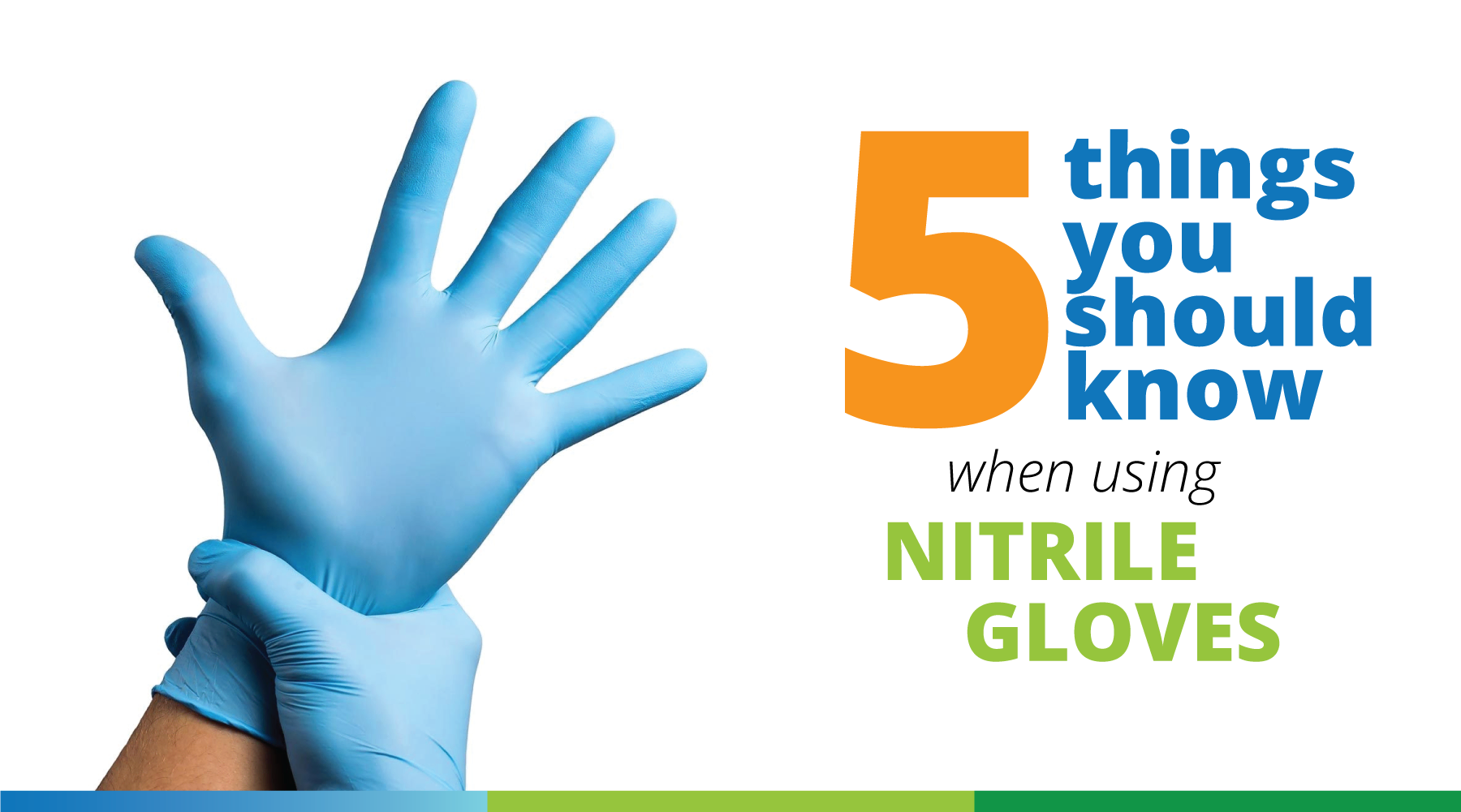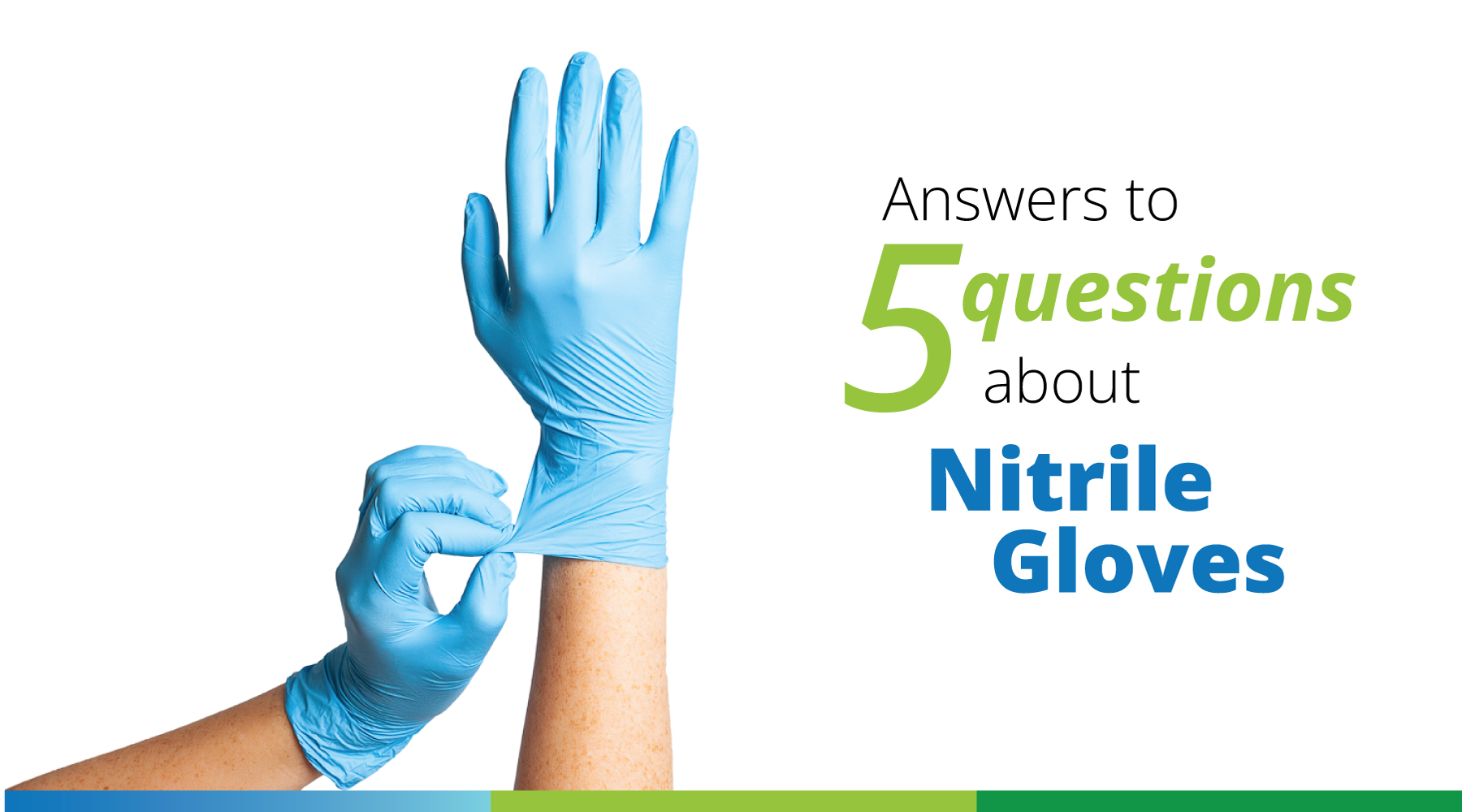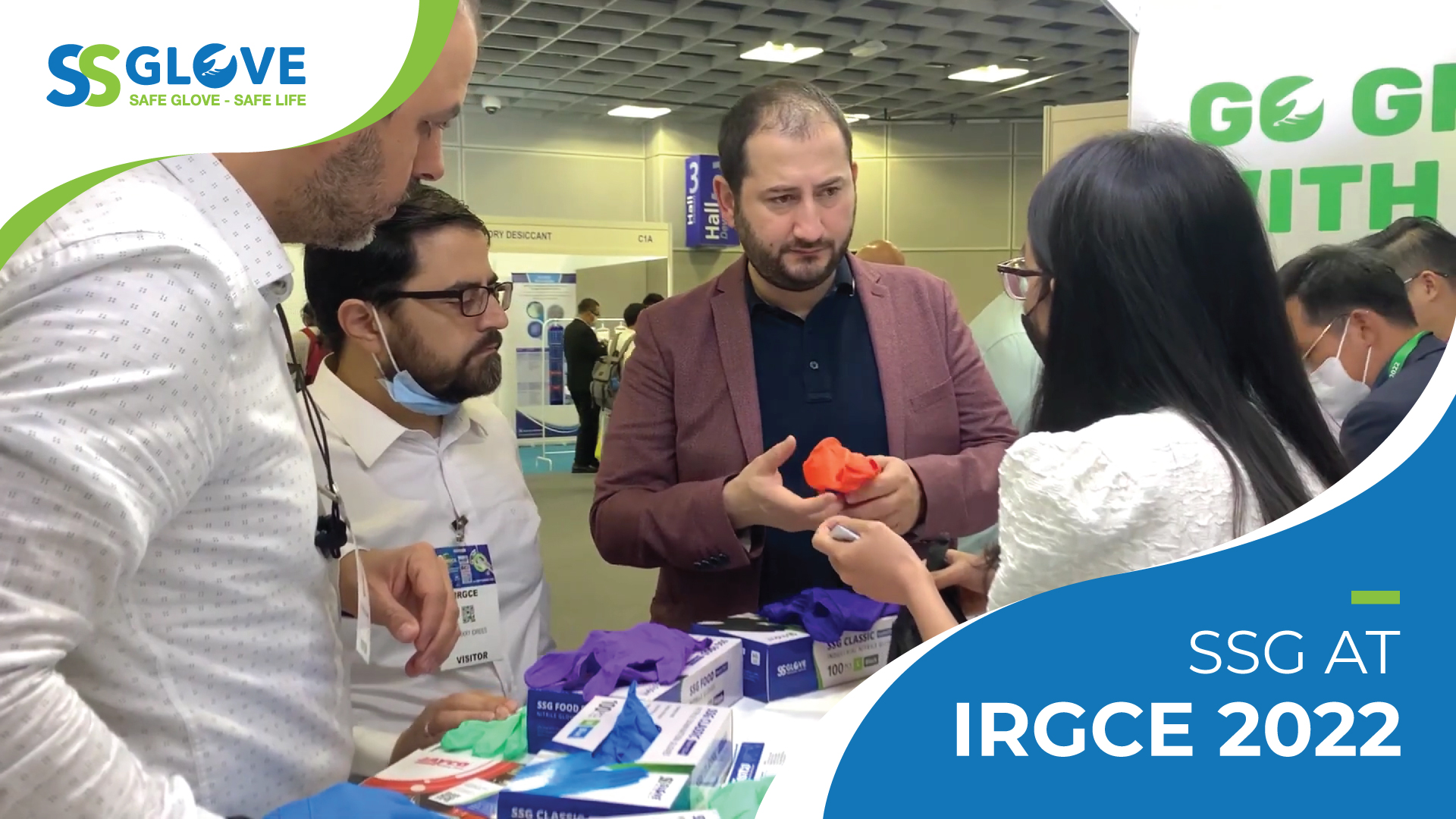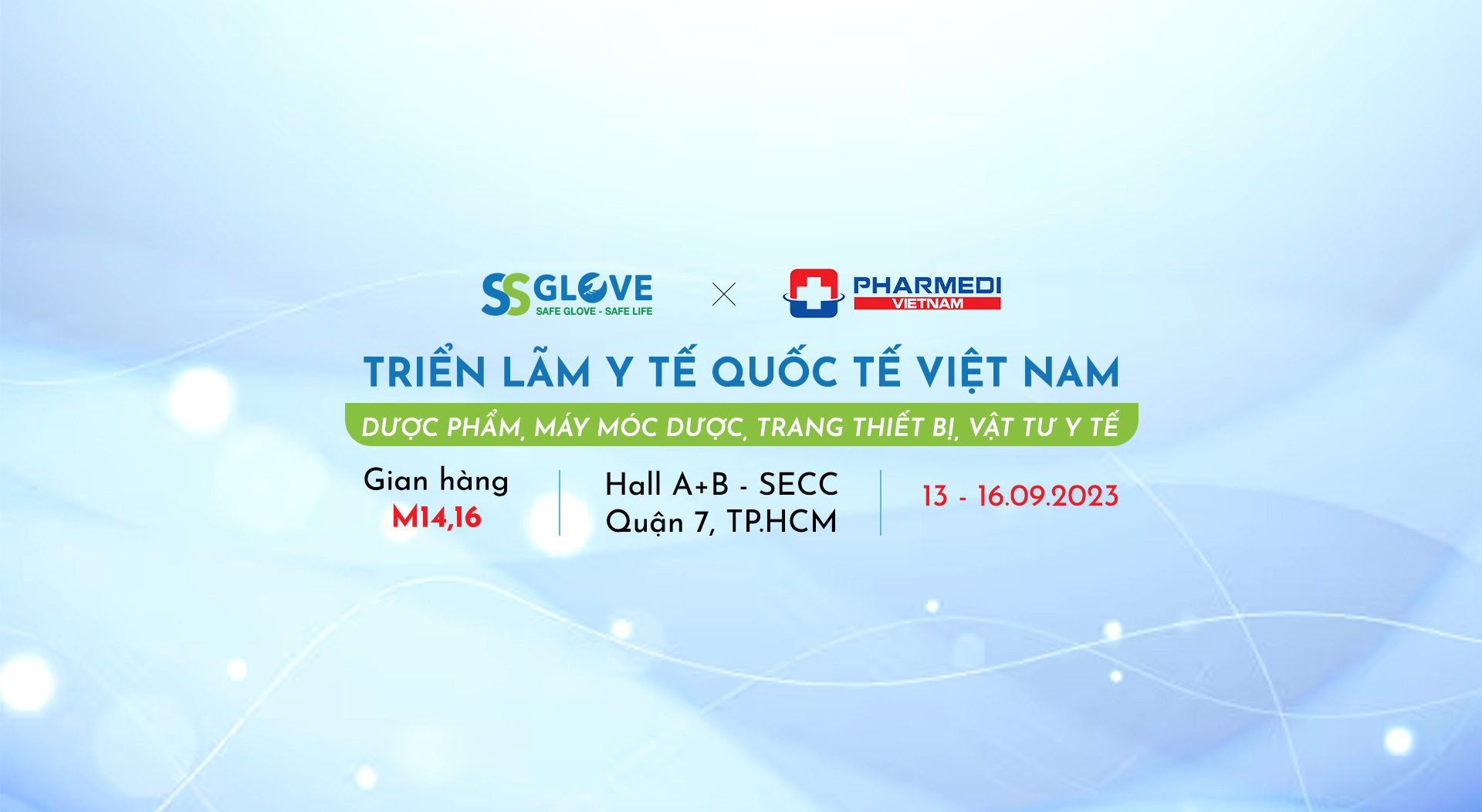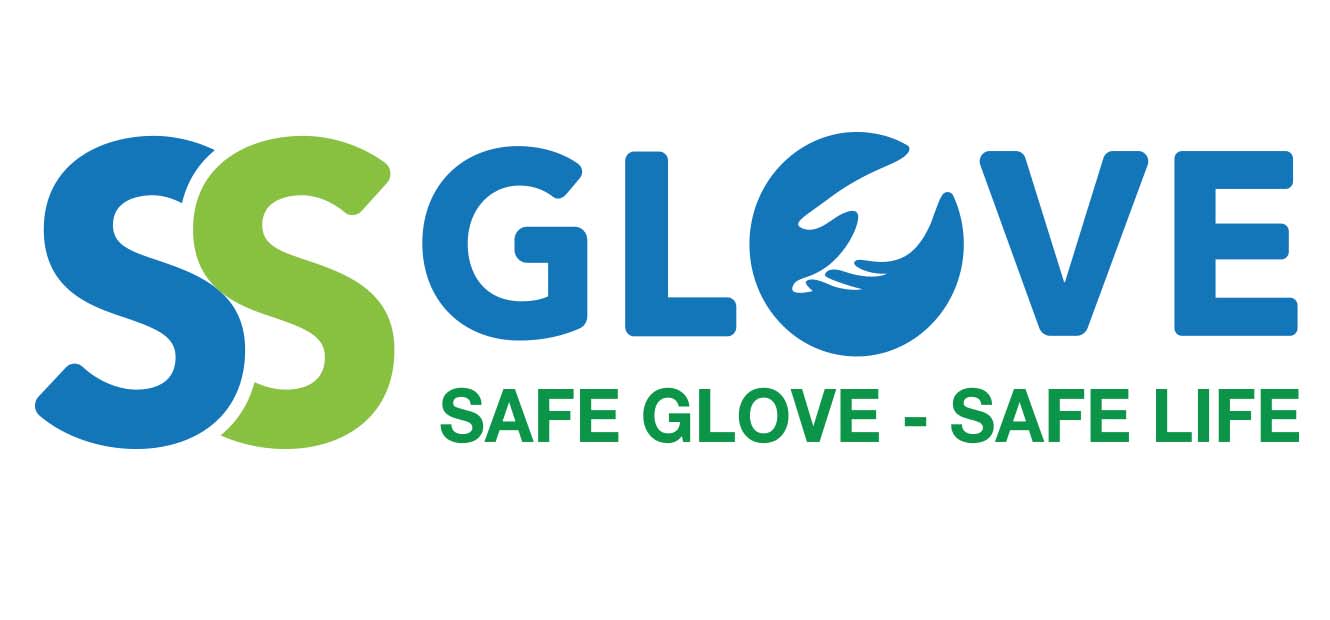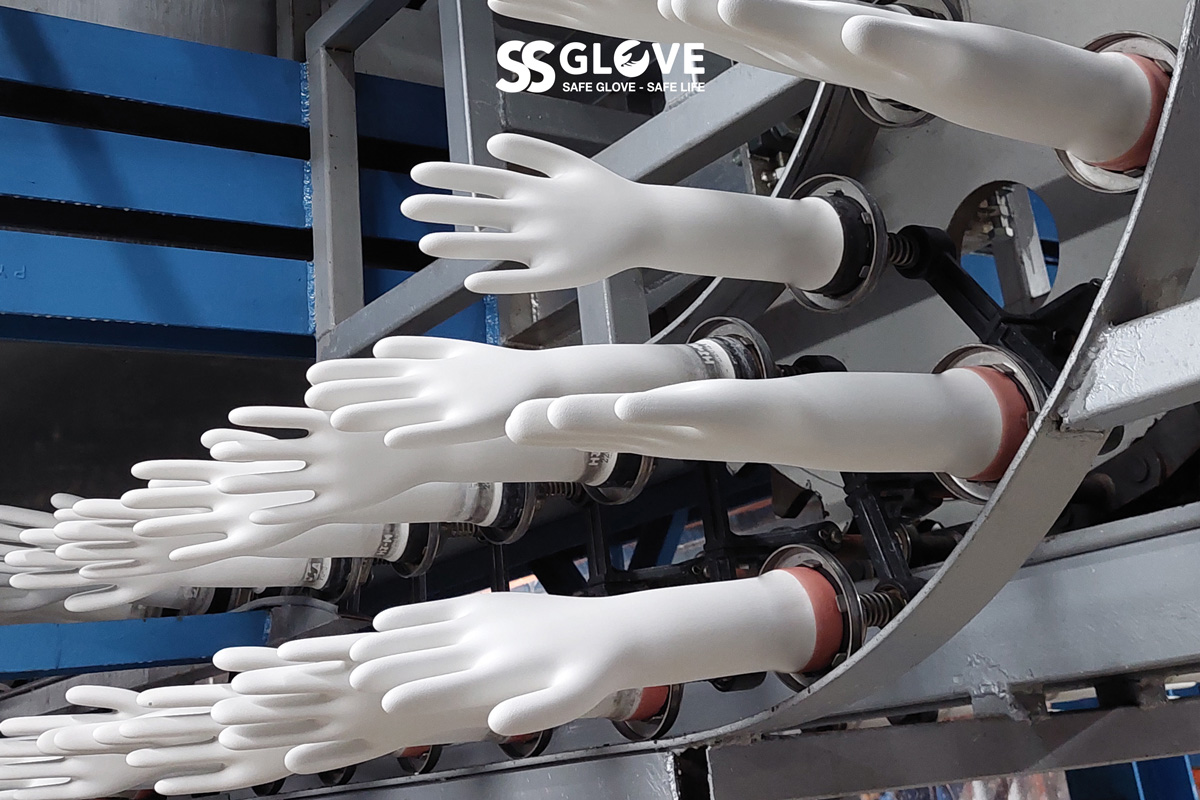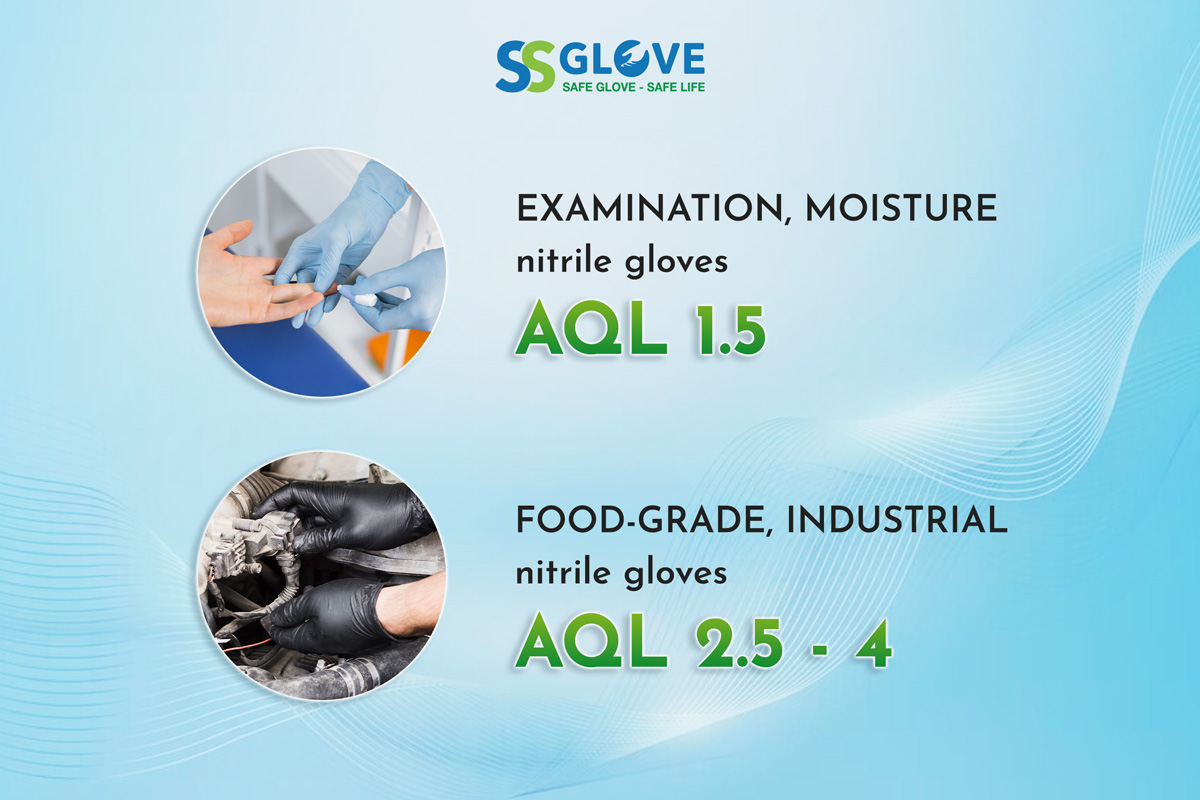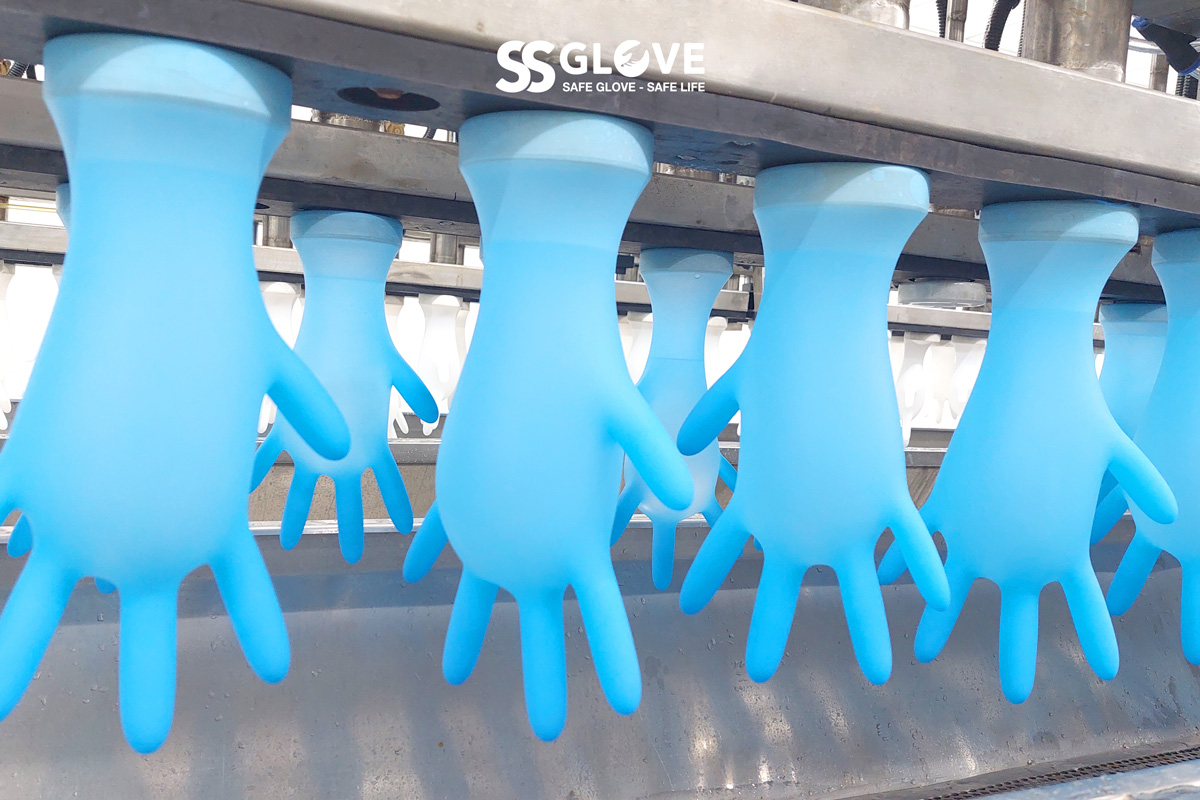Testing gloves according to quality limits and standards is extremely important to ensure the quality of gloves. Many importers have heard the word “AQL” when conducting quality control. To know how to determine the minimum number of goods to check, how to use AQL, as well as how to choose sample size and error levels, read the article below.
1. What is AQL?
The AQL or Acceptable Quality Limit standard is defined in ISO 2859-1 as “the maximum acceptable percentage or error rate”. It represents the maximum number and types of defects that can be accepted during an inspection; if exceeded, the entire lot must be rejected.
The U.S. Food and Drug Administration has set the AQL standard for gloves, and the testing methods for the standard are set by the American Society for Testing and Materials (ASTM), is an international standards organization that develops and publishes voluntary consensus technical standards for a wide range of materials, products, systems, and services.
Because disposable gloves are used in many fields, they must undergo rigorous testing before being sold on the market. In the automotive, cleaning and agricultural industries, workers will handle a number of harmful chemicals, so the gloves they wear must be proven to provide adequate protection. Similarly in healthcare, employees also need to use gloves as a safe “barrier” against pathogens.
2. Quality standards
AQL usually refers to the waterproof, puncture-proof ability of the product (glove), but can also refer to other characteristics such as durability and appearance. This is also the average error limit allowed during the production process. The level determined is based on the number of defective products in the test sample. The lower the AQL, the lower the chance of the product being defective.
AQL testing is divided into medical gloves and industrial gloves (two levels). Medical gloves have higher AQL standards. In response to concerns about risks in the medical field, AQL sets a lower number for medical gloves.
AQL is a method applied to glove lots and calculated in percentage terms. For example, in a lot of 100 gloves with an AQL of 4.0, only four gloves in the lot might fail the test. For medical-grade gloves, the AQL is 1.5 or lower. If more than three gloves fail, the whole batch fails. In this case, manufacturers will review the production process to determine what needs to be adjusted.
3. Glove quality inspection process
Glove quality testing includes many different tests. Leak testing, physical integrity testing are used to determine whether gloves are suitable for medical applications. This is because even the slightest flaw in the glove material can expose the user to pathogens. In this test, the manufacturer fills the glove with a liter of water, closes the mouth of the glove, and hangs the glove upside down. Gloves that do not leak during testing are suitable for the medical field.
In fact, medical gloves and industrial gloves are produced on the same production line. Although industrial-grade gloves also pass manufacturers’ standard quality tests, they do not need to undergo FDA testing for medical purposes.
To distinguish between medical and industrial gloves, simply look at the cost for manufacturers to produce both types of gloves to the appropriate quality level, instead of understanding that industrial gloves are lower quality.
4. In what cases is the AQL useful?
✔️ When inspecting shipments in large quantities, using the AQL can help inspectors simplify the process.
✔️ The company’s products are produced using an automatic process. AQL-based inspection delivers more accurate results when the production process is not heavily based on human factors.
✔️ Product quality is quite uniform. If the factory produces a product continuously and evenly, inspection results based on AQL will be more objective and accurate.
